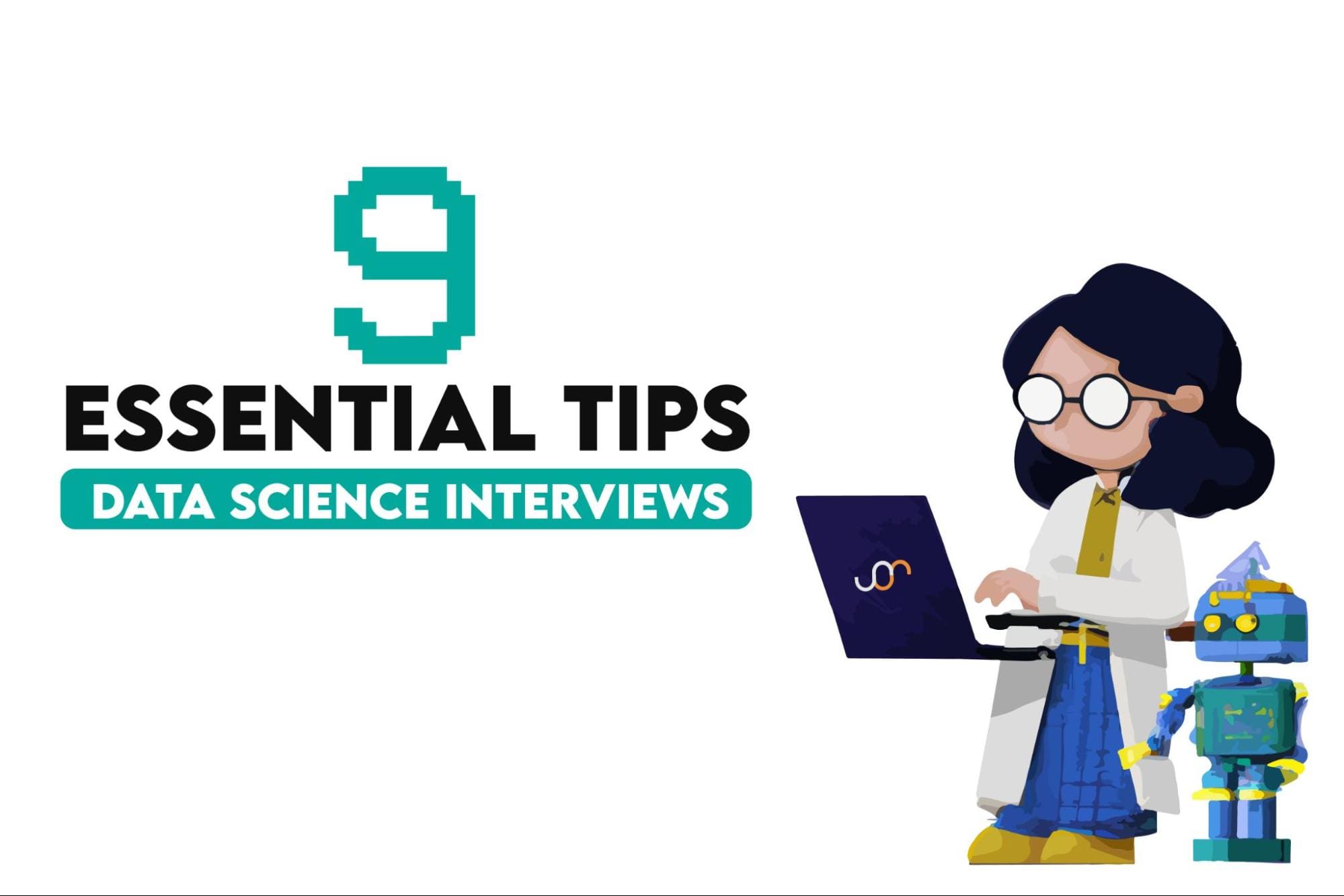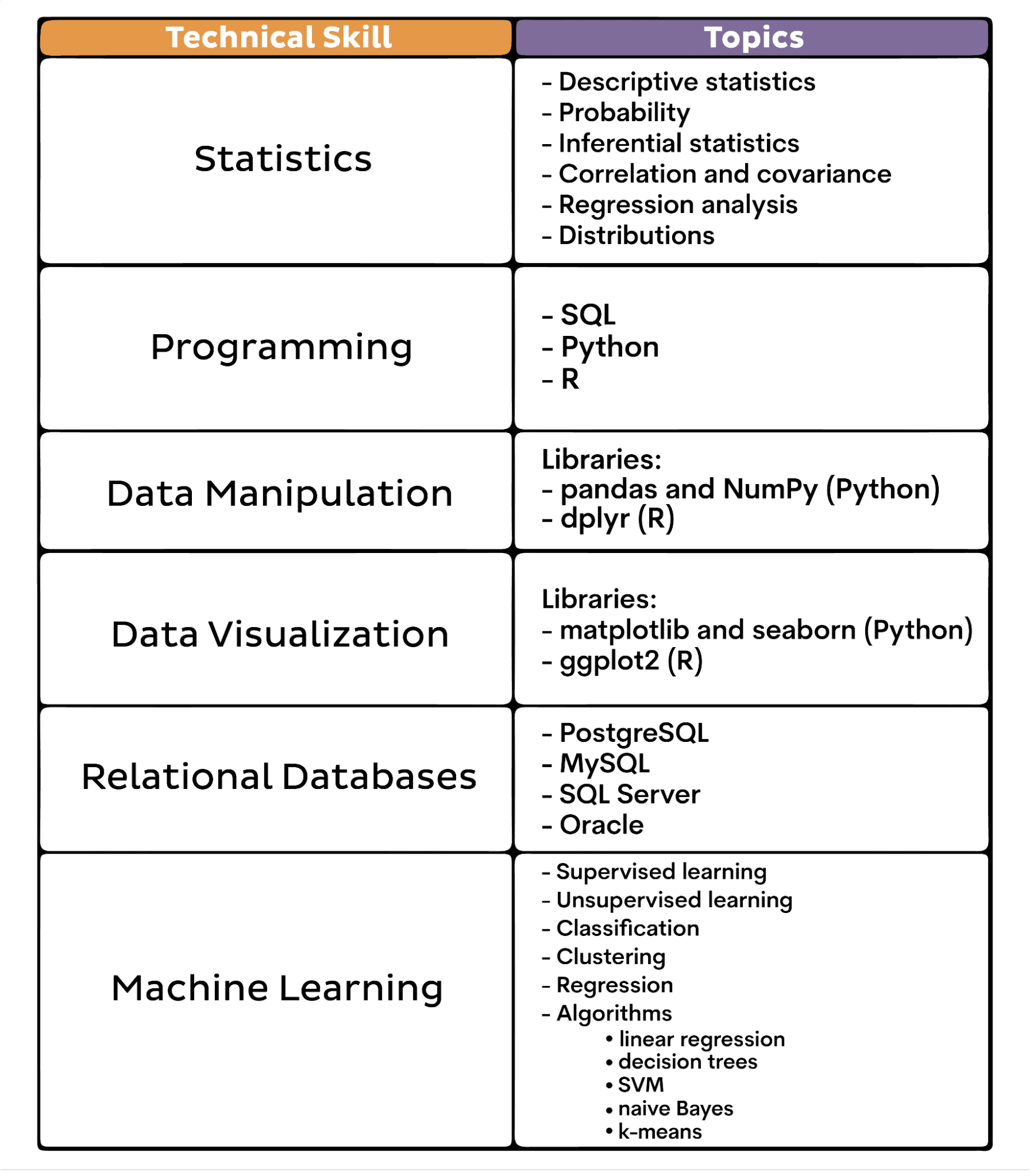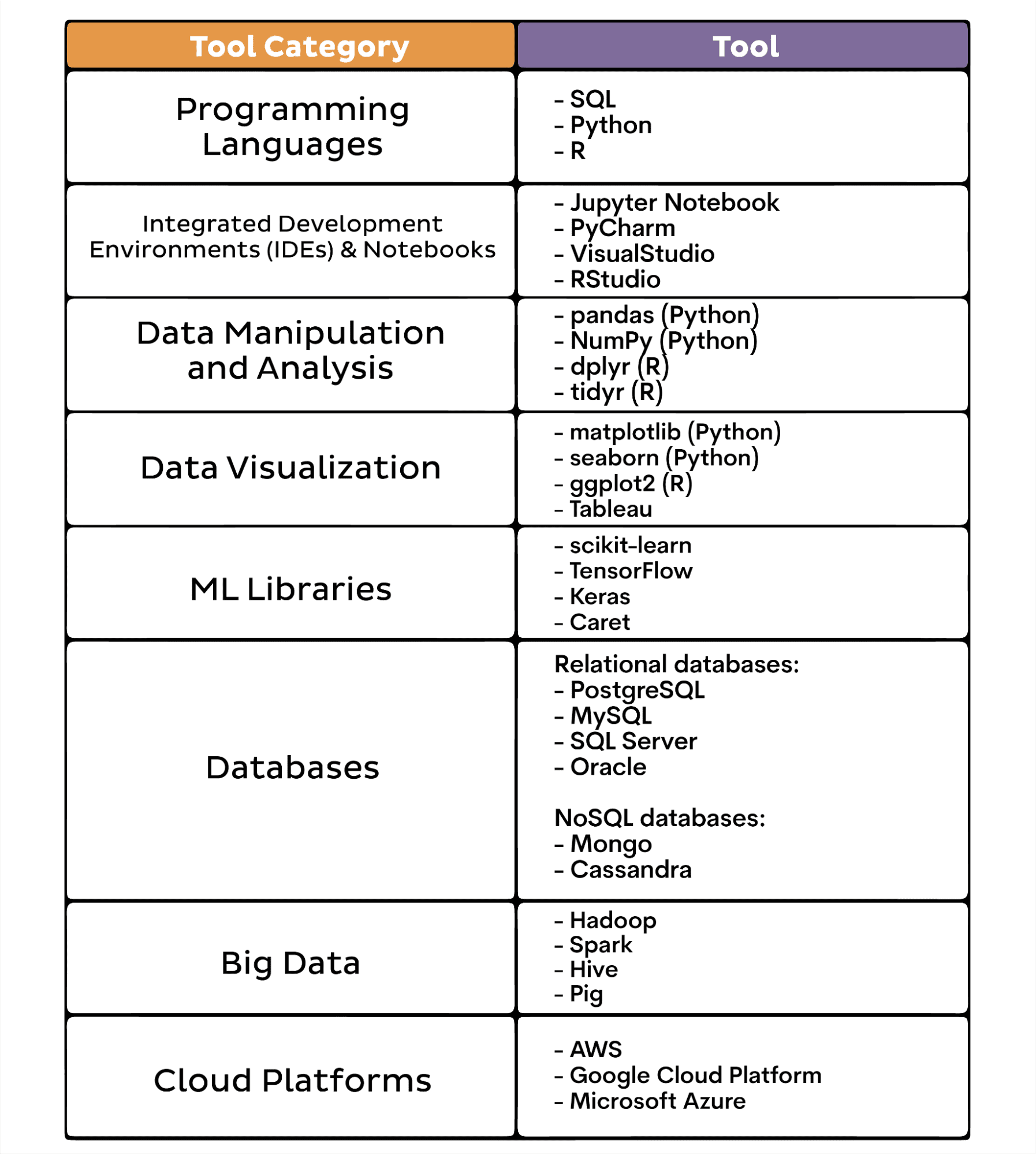Nate Rosidi
Data science beginners, here are nine tips for navigating job interviews!

Data science. It’s exciting. It’s nerve-wracking.
It's interdisciplinary and evolves continually. It unravels mysteries in data and requires innovative solutions. That’s what makes data science attractive. Not to mention being paid well.
Data science is also disheartening, sometimes for the same reasons. Add high competition and expectations, constantly shifting goals and ethical dilemmas.
Stepping into it makes you want to pull your hair out and, strangely, enjoy it. Somewhat like following tech bros on Twitter. Sorry, Elon, X.
This is especially the case for beginners pilgrimaging job interviews to get their first data science jobs.
However, with the right preparation and mindset, you can confidently navigate these interviews and make a lasting impression. Here are some tips to help you succeed in your beginner data science job interviews.
1. Understand the Basics Thoroughly You need to have a strong grasp of foundational concepts like statistics, linear algebra, and programming. Interviewers often test these basics before diving into more complex topics.
These skills usually encompass:Statistics
Programming
Data Manipulation
Data Visualization
Relational Databases
Machine Learning
 Statistics
Statistics The basic statistics knowledge interviewers expect, even from beginners, includes these statistical concepts.
Descriptive Statistics: Measures of Central Tendency – mean, median, and mode
Measures of Dispersion – range, variance, standard deviation, and interquartile range
Measures of Shape – skewness and kurtosis
Probability:Basic probability concepts
Conditional probability and Bayes' theorem
Probability distribution – normal, binomial, Poisson, and others
Inferential Statistics:Sampling – populations, samples, sampling techniques
Hypothesis Testing – null and alternative hypotheses, Type I and Type II errors, p-values, and significance levels
Confidence Intervals – Estimating population parameters based on sample data.
Correlation and Covariance:Understanding the relationship between two variables and their co-dependence
Pearson's correlation coefficient
Regression Analysis:
Simple linear regression – the relationship between two continuous variables
Multiple regression – extending to more than one independent variable
Distributions:Normal Distribution
Binomial Distribution
Poisson Distribution
Exponential Distribution
Programming You need to be proficient in programming languages commonly used in data science. The three most popular languages are:
SQL
Python R
You don’t have to be a guru in all three languages. Usually, it’s enough to be good at one and at least familiar with the basics of one of the other two.
It all depends on the job description. Different companies and positions require different languages. In data science, it’s usually one of the three mentioned.
If you ask me which one, and only one, you should learn, I’d go with SQL. Querying databases is a fundament no data scientist can survive without. SQL is specifically designed for that; no other language does this, and data cleaning so well.
It also easily integrates with other languages. That way, you can leverage other languages for tasks SQL is unsuitable for, e.g., building models or data visualizations.
Data Manipulation
It refers to your ability to clean and transform data, which includes handling missing data, outliers, and transforming variables.
This means you’ll need to know the most popular data manipulation libraries:
pandas and NumPy – for Python
dplyr – for R
Data Visualization You have to understand the best visualization techniques for different types of data and insights. And you have to know how to put it into practice using visualization tools:
matplotlib and seaborn – for Python
ggplot2 – for R
Relational Databases As a data scientist, you need to have a general understanding of relational databases and how they work. If you have at least basic knowledge of querying them using SQL, even better.
Some of the most popular data management systems include:
PostgreSQL
MySQL
SQL Server
Oracle
Machine Learning You must be familiar with the machine learning basics. For instance, knowing the difference between supervised and unsupervised learning.
You also need to be familiar with classification, clustering, and regression. This includes knowing some basic algorithms, such as linear regression, decision trees, SVM, naive Bayes, and k-means.
2. Know Your Tools Before the interview, familiarize yourself with popular data science tools. This includes programming languages we already mentioned, but also some other platforms.
You don’t need to know them all. But it would be ideal if you had some experience with at least one tool from each category.
 3. Prepare for Coding & Technical Questions
3. Prepare for Coding & Technical Questions Use platforms such as StrataScratch, LeetCode, and others to prepare for coding and technical questions.
Also, use YouTube channels, blogs, and other resources to brush up the knowledge of other technical concepts. If you concentrate on those mentioned in the “Understand the Basics Thoroughly”, you’ll be good.
Mock interviews can be incredibly beneficial. Use the online platforms that offer them. Or practice with your friends and mentors.
All these preparation techniques will help you get comfortable with the interview format and improve your responses.
4. Showcase Practical Experience
If you've worked on personal projects or internships, use them to your advantage. Discuss them during the interview to highlight the challenges you faced, the solutions you implemented, and the results you achieved.
5. Brush Up on Behavioral Questions Technical skills usually comprise most of the hiring process. However, companies usually dedicate at least some time to behavioral questions.
It’s expected, as you’ll work in a team. The interviewers will want to know how you communicate with your colleagues, understand teamwork, handle pressure and conflicts, or approach problems.
Prepare examples from your past experiences that demonstrate your soft skills and problem-solving abilities.
6. Stay Updated Data science is rapidly changing. So, you need to stay updated with the latest trends, tools, and techniques. Read about them, join online forums, attend webinars, and participate in workshops to keep yourself up to date.
However, don’t obsess over this thinking that you need to know about – nay, master it – every new “must-have” and “must-know” product.
7. Ask Questions Depending on its format, you’ll likely have the opportunity to ask questions during or at the end of the interview.
This is your chance to show the interviewer your enthusiasm for the role and the company. And also an understanding of what they’re looking for.
Ask about the team's current projects, the company's data infrastructure, plans, and the challenges they're facing.
8. Don’t Forget the Soft Skills Your technical skills won’t get you far unless combined with great communication skills. You’ll communicate and collaborate with technical and non-technical team members and stakeholders in your job.
In your interview, be clear and concise in your answers. Show your ability to explain complex topics in simple terms. This will show interviewers that you can effectively collaborate with non-technical team members. It’s a skill you’ll need a lot, as data science doesn’t exist in a vacuum, and its findings are very often used by non-technical people.
9. Keep Calm and Carry On It's natural to be nervous. Just don’t be nervous because you’re nervous! Always keep in mind that the interviewers are looking for the best candidate, not the perfect one. Best, in this case, means the best combination of all the points we mentioned so far.
If you falter at some stage of the interview, don’t lose your spirit – keep calm and carry on! Candidates often exaggerate the impact of their own mistakes, while they might have (almost) no negative impact on the interviewer’s impression.
Remember that the interview is as much about getting to know the company as it is about them getting to know you. Stay calm, take deep breaths, and approach each question with confidence.
Of course, confidence can’t be faked. It’s best achieved by a solid preparation following the first eight tips.
Conclusion Yes, technical knowledge is essential for a data science role, even at the beginner level. But soft skills, practical experience, and a genuine passion for the field are equally important.
The interviewers are primarily looking for a whole package. The nine tips will have you covered.
Now, you have to allow yourself time to prepare thoroughly. If you’re confident with your readiness level, going to an interview with a positive mindset is easier. With that, you're already well on your way to landing your first data science job.
Best of luck!
Source: Guiding Tech Media
Original content:
https://www.kdnuggets.com/tips-for-successfully-navigating-beginner-data-science-job-interviews